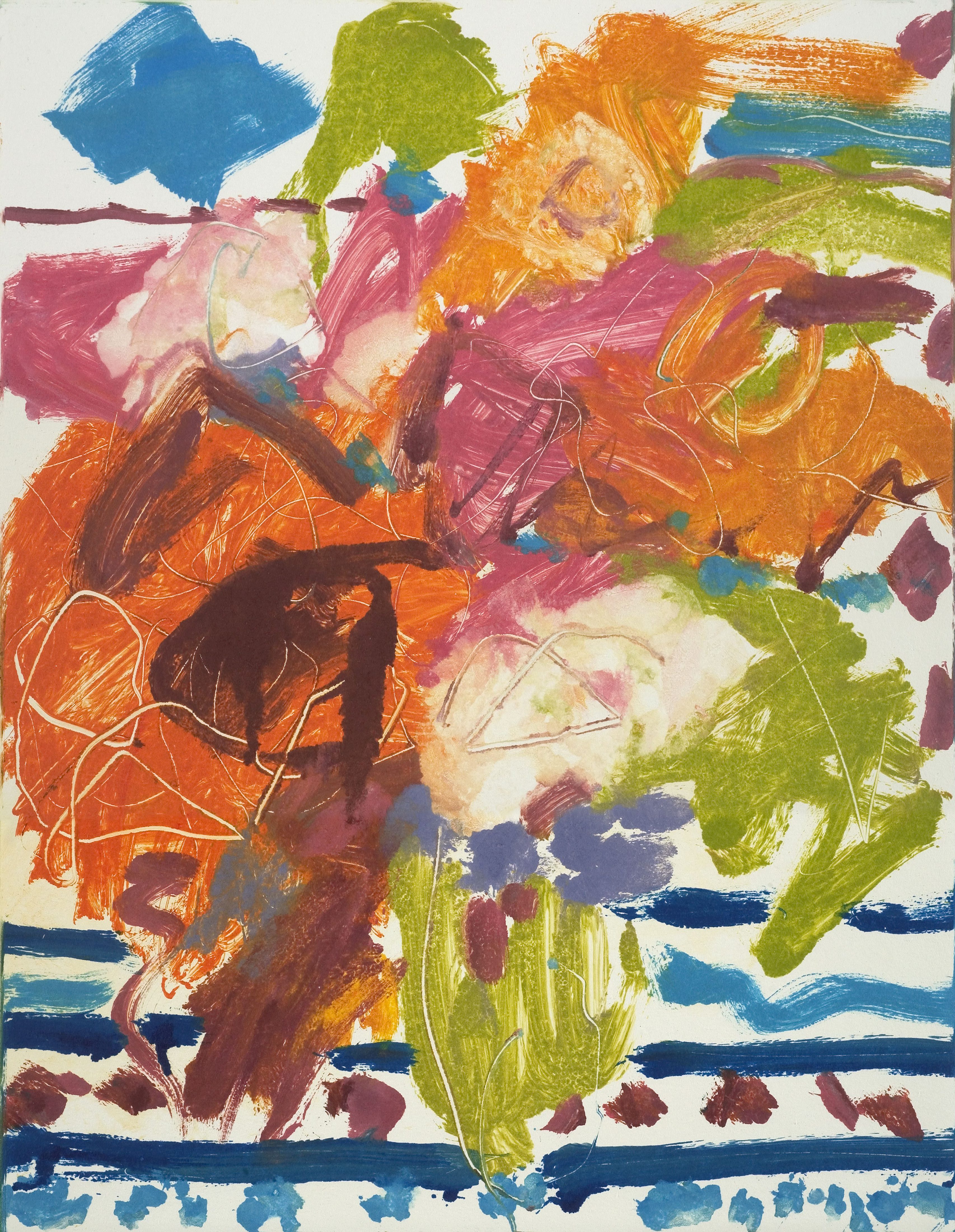
1The theme stuck with me all these years, and the idea of collecting creative contributions for a Women’s Voices from the House of Time II (WV II) has long been in the making. Again, in comparison to other issues in the American Studies Journal, WV II is an unusual edition, yet this time there is precedence of a creative issue, which actually makes it a bit harder the second time around. The cast of contributors of WV I came from quite diverse backgrounds, shared an immigrant experience and, in one case, a two-culture background. So negotiating culture was a link between all pieces. 2The immigration theme still emerges in WV II, but first and foremost, each contribution offers a voice reflecting in a very personal way on life’s challenges and choices, specifically women’s choices at various stages of their lives and during different periods of time. There is something universal about this theme reminding us that no matter from where the voice speaks, there is a common thread. 3Some of these choices are hypothetical as in Susan Stewart’s timeless and magical poem “Wings” which pursues the question “What if …,” imagining an existence defying gravity and boundaries. Others affect the fundamentals of identity as in Nahid Rachlin’s “I Became a Boy” in which the protagonist adopts a new persona, a different gender even, in order to be able to survive, learn and work in a repressive environment. Elizabeth’s choice in the short story “Life in a Frame,” my own contribution to WV II, is shaped by what it meant to be a woman at the very beginning of the 20th century. Without equal rights in marriage, leaving a spouse meant giving up economic security and even one’s children. Though she weighs all her options, Elizabeth knows there is only one choice: to leave her adopted country and follow her husband to be with her son. The story of Elizabeth connects with Nahid Rachlin’s protagonist who lives in a very different part of the world and a good eighty years later. Yet, a lack of education, training, and an economic base as well as a discriminatory legal system severely restrict both women’s choices. 4A second theme running through WV II is the relentless passage of time and how it affects our lives and relationships in a most fundamental way. The old immigrant woman reflecting upon her life in Brenda Flanagan’s story “To Die Of Old Age In A Foreign Country” left her home and children to support the family from abroad. It is a fate familiar to too many women around the globe who are driven by a desperate hope that they will return home eventually and be reunited with their spouses and children. But what if they never do, instead grow old abroad and realize only too painfully what they gave up personally for the good of the family? Brenda Flanagan captures that brave voice beautifully. 5Sometimes it is a pivotal moment that forces us to reflect upon the passage of time or the choices we made or didn’t make at certain crossroads. The lyrical voice in Susan Stewart’s “The Clown” experiences such a moment when encountering a clown unexpectedly in an Italian square. Time stops for a moment and conjures up images and voices from years past along with a deep, existential fear. 6It is a sensual moment for Beth Ann Fennelly’s voice in “First Warm Day in a College Town” who is confronted with the eternal beauty of youth that she observes and desires. And yet, she is fully aware of the passing of time and the widening gap between herself and her students. Her micro memoir “The Grief Vacation” expresses movingly the burden and timelessness of grief when loved ones leave us, grief covering her protagonist like a suit to be worn forever. 7Finally, the visual link between Women’s Voices From the House of Time I and II is Mindy Weisel’s beautiful art work. John Woo’s photos of Mindy’s paintings give all these personal texts a depth that complements each voice in a profound way. I am deeply grateful to Mindy for her generosity and creativity that she brings to our second Women’s Voices. Matching texts with images and themes was a most rewarding task. 8I’m sending a bouquet, Mindy’s bouquet, to all my wonderful contributors of both issues, and especially to Moira Roth who gave us both title and inspiration.
Special Copyright Notice
As a default, articles in the American Studies Journal come with a CC BY licence to foster reuse and wide dissemination. This issue, however, contains several articles and images that require a less liberal licence. Together with the editors and contributors we have agreed on the exception to publish ASJ 67 without a licence to reuse. You may download and print this issue for your private use. Please cite according to the applicable intellectual property rights legislation. Should you want to reuse or republish parts of ASJ 67, please get in touch with Göttingen University Press to negotiate an individual licence.
Suggested Citation


